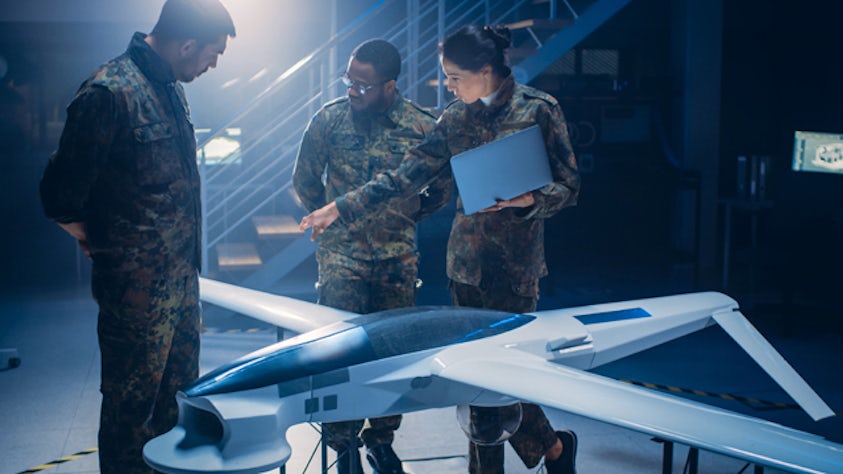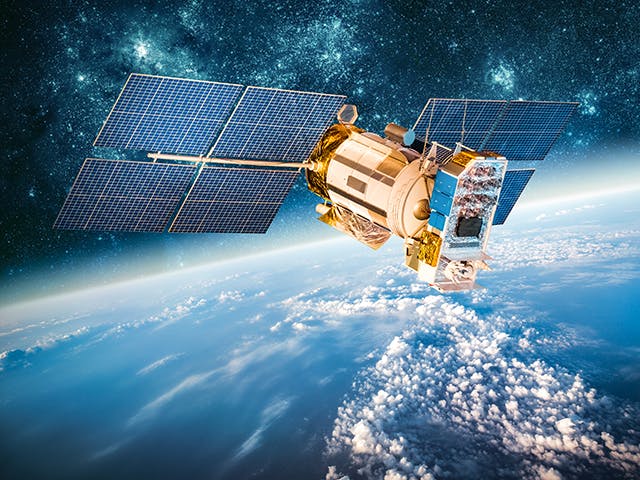Metodika Mission Engineering umožňuje společnostem efektivněji a efektivněji organizovat vysoce technické programy. Principy digitálního inženýrství by měly být použity při provádění ME k řízení vývoje komplexních systémů ve vztahu ke kritickým cílům. Tato metodika je přirozeným doplňkem systémového inženýrství založeného na modelech (MBSE). V příručce Mission Engineering Guide americké ministerstvo obrany vysvětluje, že metodologie inženýrství misí funguje na třech osách: čase, složitosti a analytické přísnosti. Dokument identifikuje několik otázek, které slouží k objasnění cílů v procesu ME:
- Jaké je poslání?
- Jaké jsou jeho hranice a jak musí interagovat s ostatními misemi?
- Jaká jsou jeho výkonnostní měřítka?
- Jaké jsou nedostatky ve schopnostech mise?
- Jak mohou nové schopnosti změnit způsob, jakým bojujeme?
- Co znamenají změny ve schopnostech nebo systémech pro mise a architektury?
- Jaká je citlivost plnění mise na výkon jednotlivých technologií, produktů a schopností? Jak se nové funkce nejlépe integrují se staršími systémy nebo jak je nahrazují? A jak tuto rovnováhu optimalizujeme, abychom poskytli nejsmrtonosnější a nejdostupnější integrované schopnosti pro každou konkrétní misi?
Co podporuje platforma pro přípravu misí?
Platforma pro projektování misí je výhodná jak pro ME, tak pro systémové inženýrství. ME dobře ladí s metodami systémového inženýrství používanými pro definování systému v souladu s potřebami mise. Obě disciplíny sdílejí podobné metody a taxonomii, přičemž jedna se zaměřuje na definování poslání a druhá na definování systému.
Podle amerického ministerstva obrany "ME je technický dílčí prvek řízení integrace mise, který poskytuje inženýrské produkty pro informování o procesu požadavků, vedení prototypů, poskytování možností návrhu a informování o investičních rozhodnutích." Platforma pro projektování misí podporuje zúčastněné strany "při formulování prohlášení o problémech, charakterizaci misí, identifikaci metrik misí a používání modelů k analýze misí".
Používá se inženýrství misí mimo obranné operace?
Mission engineering vznikl jako subdisciplína systémového inženýrství v rámci amerického ministerstva obrany. Od svého formalizace v polovině roku 2010 se jeho praxe a přijetí rozšířily i do jiných odvětví než do obranných operací. Vzhledem k tomu, že se jedná o přínosnou metodiku pro společnosti, které zasazují produkty do kontextu složitých a vyvíjejících se provozních problémů, ME nadále získává na popularitě mezi systémovými inženýry v organizacích s vazbami na obranný průmysl i bez nich.

